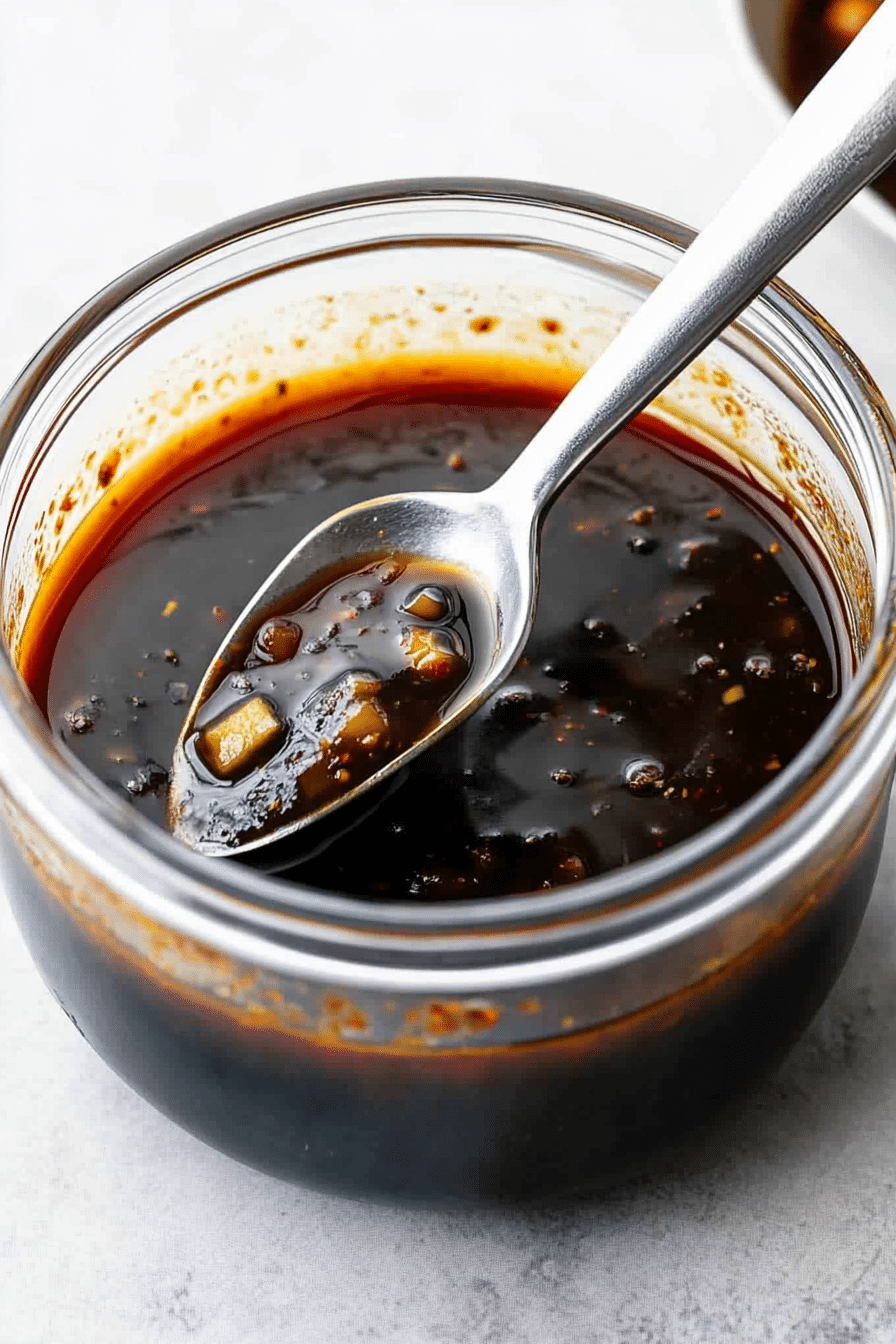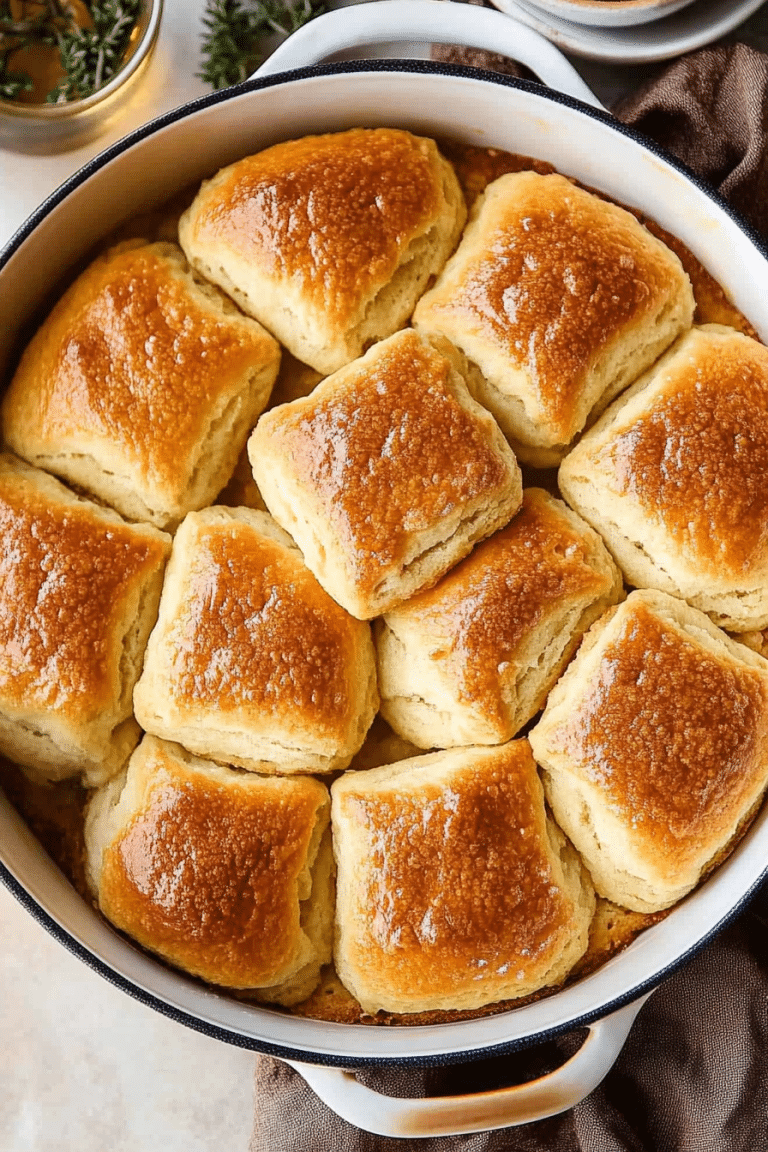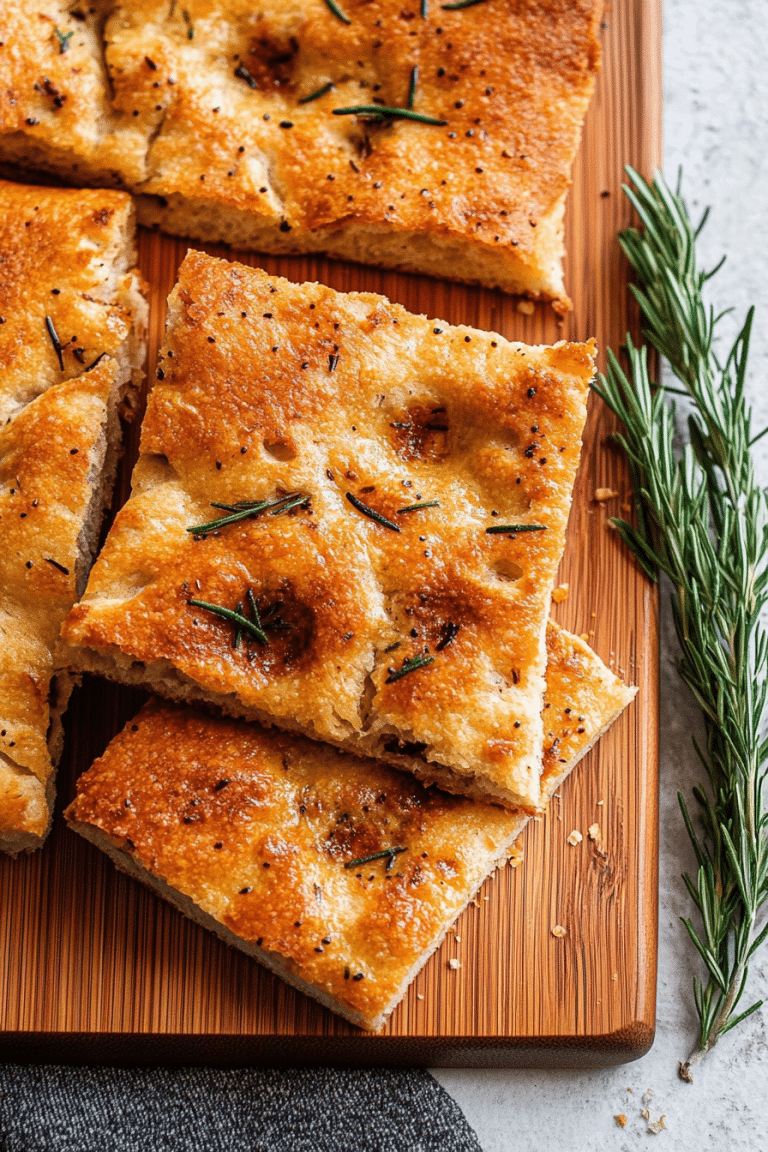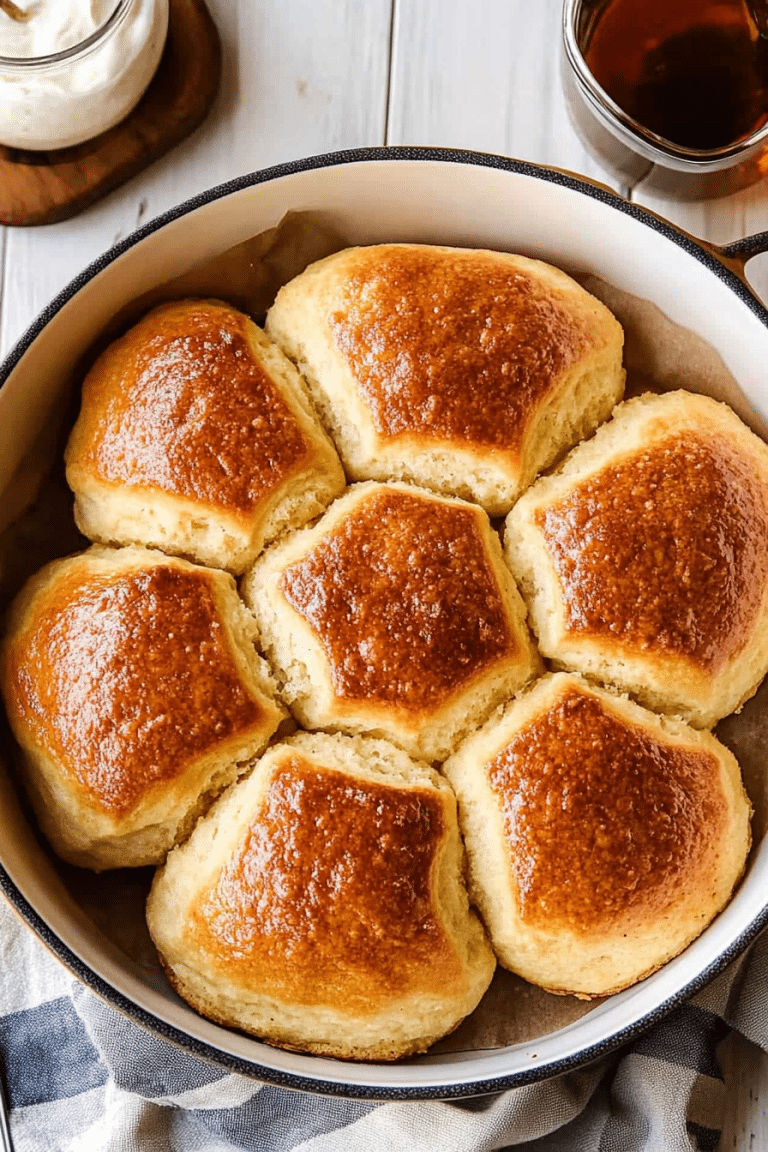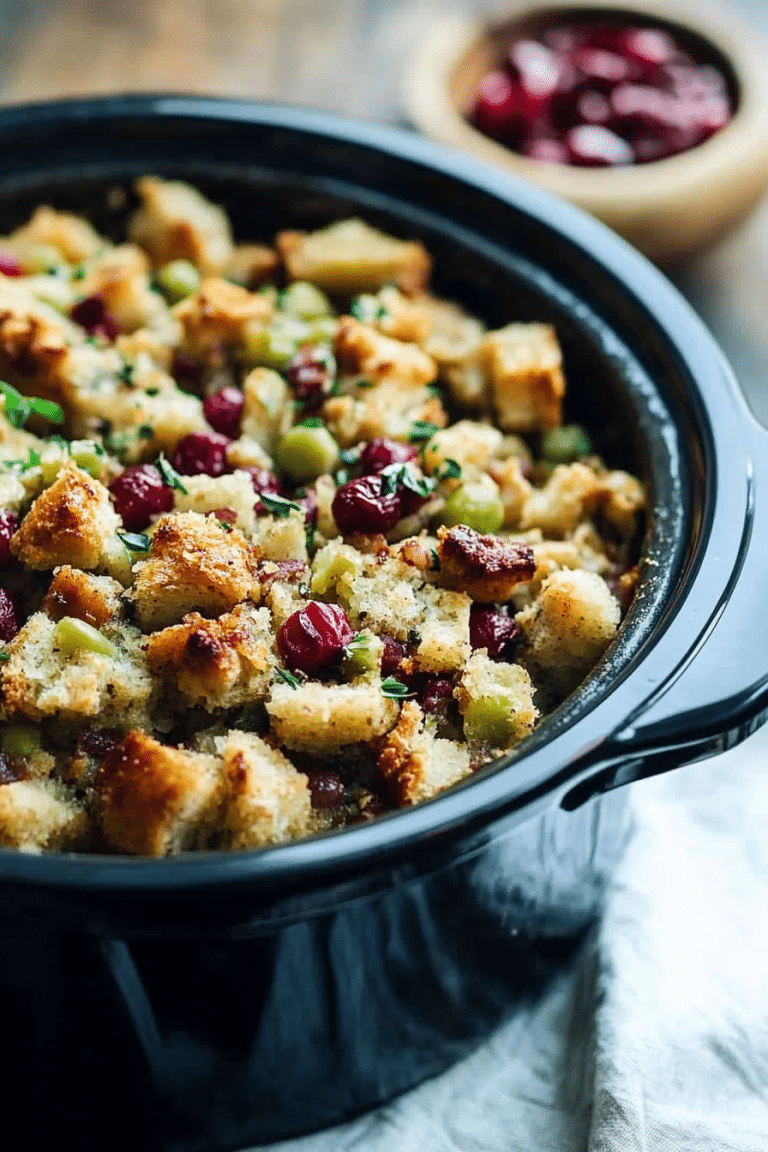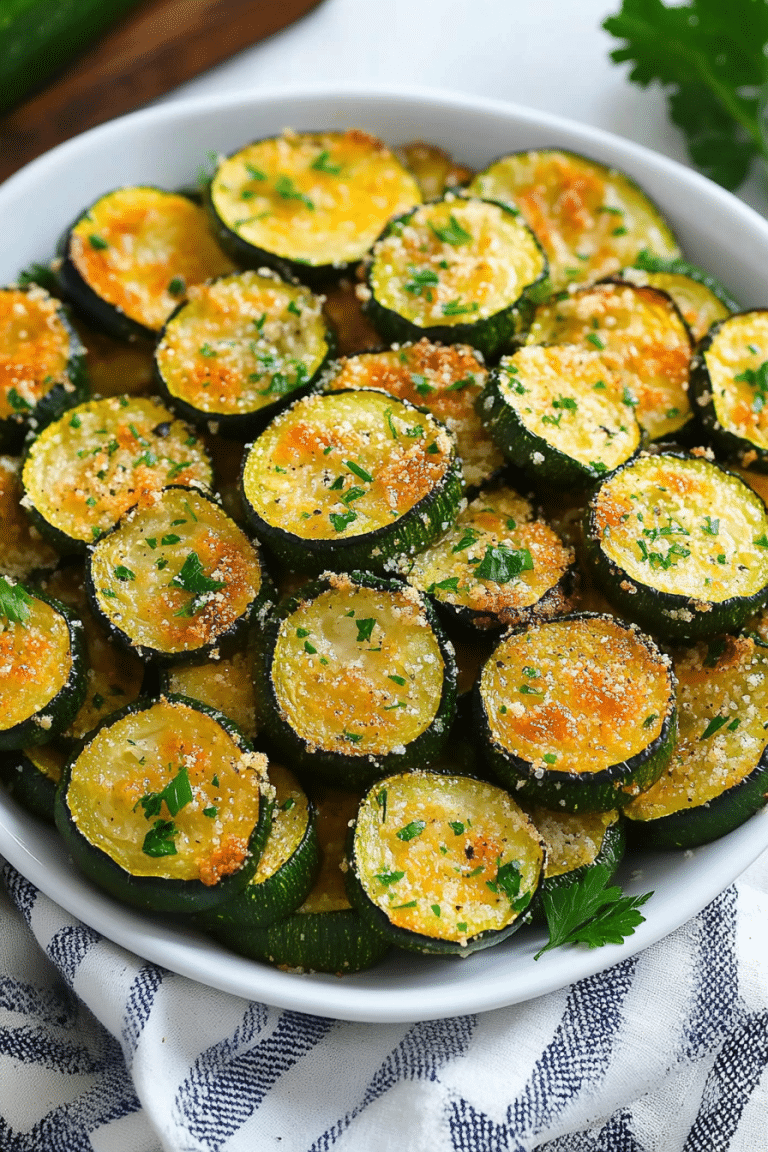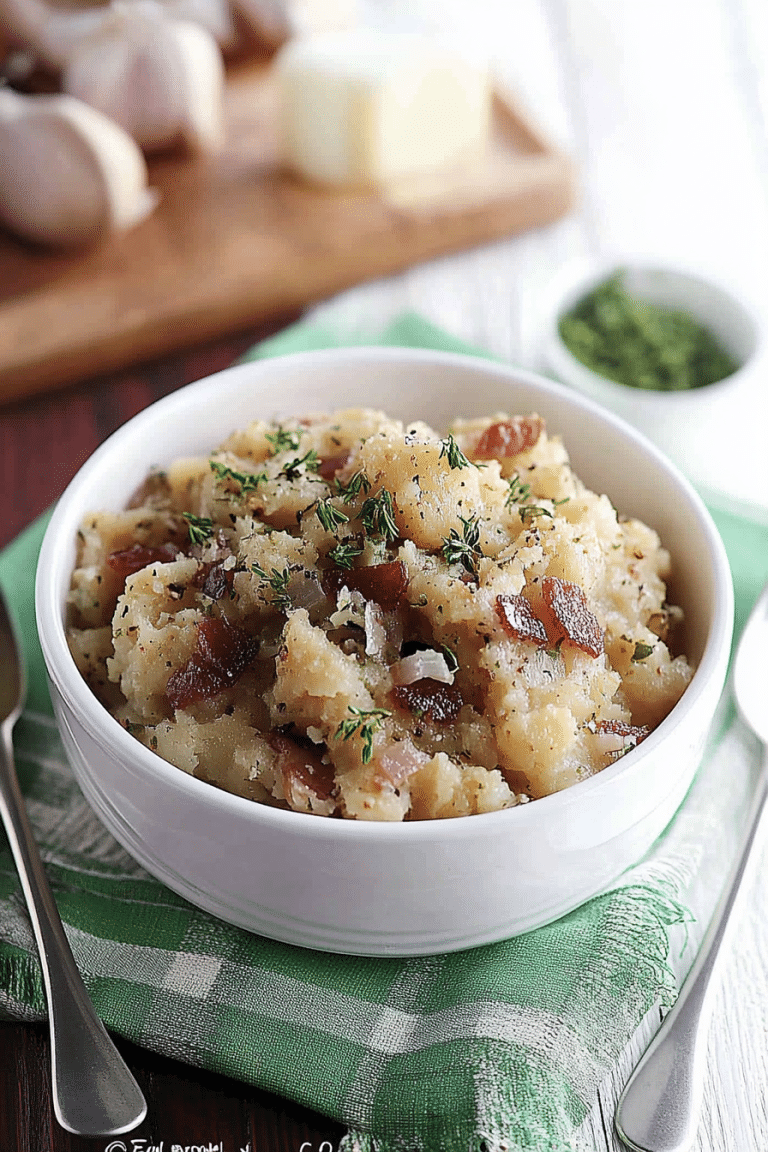Korean BBQ Sauce Recipe
You know those nights? The ones where you’re staring into the fridge, utterly uninspired, and the thought of cooking anything elaborate feels like climbing Mount Everest? Yeah, me too. And on those nights, I’ve discovered something truly magical. It’s not just a sauce; it’s a flavor explosion, a shortcut to deliciousness, and honestly, it’s a lifesaver. My family asks for this Korean BBQ sauce recipe so often, I’ve practically memorized it. It’s that good. Forget those generic bottled sauces that taste… well, generic. This homemade version has a depth of flavor that’s just *chef’s kiss*. It’s got that perfect balance of sweet, savory, and a little bit of tang, all wrapped up in a beautiful, glossy finish that makes everything it touches sing. If you’ve ever tried a really good, authentic Korean BBQ dish at a restaurant and wondered how they achieve that incredible marinade, this is your secret weapon. It’s my go-to for everything from chicken wings to Pork Chops, and it’s surprisingly simple to whip up.
What is Korean BBQ sauce?
So, what exactly is this glorious concoction we call Korean BBQ sauce? Think of it as the soul of Korean barbecue, bottled up and ready to make your meals sing. At its heart, it’s a marinade and a dipping sauce that’s deeply rooted in Korean culinary traditions. It’s essentially a symphony of bold, savory, and sweet flavors, with a subtle kick of spice that really wakes up your taste buds. While there are many regional variations and family secrets out there, the core components usually include ingredients like soy sauce for that essential umami depth, garlic and ginger for aromatic warmth, sesame oil for its nutty richness, and some form of sweetener, often Brown Sugar or honey, to balance everything out. Sometimes you’ll find pear or apple puree adding a natural sweetness and tenderizing quality, and a touch of gochujang (Korean chili paste) for that characteristic heat and beautiful red hue. It’s less about a single, definitive recipe and more about capturing that essence of Korean flavor that’s both comforting and exciting.
Why you’ll love this recipe?
Honestly, there are so many reasons this Korean BBQ Sauce Recipe has earned a permanent spot in my recipe binder. First and foremost, the flavor is just out of this world. It’s not just sweet; it’s a complex dance of sweet, savory, a little garlicky, a little gingery, and that lovely nutty finish from the sesame oil. It’s the kind of sauce that makes even the simplest cut of chicken taste like a gourmet meal. And the texture! It’s thick enough to cling beautifully to whatever you’re marinating or dipping, creating this gorgeous, glossy sheen. What I also love is how incredibly easy it is to make. Seriously, you probably have most of the ingredients in your pantry right now. In under 15 minutes, you can transform a few humble ingredients into a sauce that rivals anything you’d find at your favorite Korean restaurant. Plus, let’s talk about cost-efficiency. Buying good quality pre-made marinades can get pricey, but whipping this up yourself is so much more budget-friendly, and you get so much more flavor for your buck. And versatility? Oh, it’s a chameleon! I use it as a marinade for grilled meats, a dipping sauce for spring rolls or dumplings, a glaze for roasted vegetables, and even a secret ingredient in my stir-fries. It truly elevates everything. I’ve tried many different Korean BBQ sauce recipes over the years, but this one has a special something – a perfect harmony of flavors that just feels right. It’s definitely a step up from my usual go-to teriyaki sauce, offering a more layered and authentic taste that my whole family devours.
How do I make Korean BBQ sauce?
Quick Overview
This Korean BBQ sauce is all about bringing together a few key ingredients in a way that lets their flavors meld beautifully. We’re basically going to combine everything in a saucepan, simmer it gently until it thickens and the flavors deepen, and then let it cool. It’s a straightforward process that requires minimal effort but yields maximum flavor. The magic happens as it simmers, transforming simple pantry staples into something truly special. The result is a rich, glossy sauce that’s perfect for marinating, glazing, or dipping.
Ingredients
For the base flavor: 122222
We’re starting with the foundations of that irresistible Korean BBQ taste. You’ll need about 1 cup of good quality soy sauce – I prefer a lower-sodium one so I can control the saltiness better. Alongside that, we’ll add 1/4 cup of rice wine vinegar; this gives it a nice tang that cuts through the richness. Don’t skip the 2 tablespoons of sesame oil; it’s non-negotiable for that authentic nutty aroma. For aromatics, finely minced garlic is a must – about 4-5 cloves, or more if you’re a garlic lover like me! And about a tablespoon of grated fresh ginger adds that zesty, warming kick.
For Sweetness & Depth:
To balance the savory and tangy notes, we need a touch of sweetness. I usually go with 1/4 cup of Brown Sugar, packed, but honey or maple syrup work beautifully too. About 1-2 tablespoons of gochujang (Korean chili paste) is crucial for that signature warmth and beautiful reddish hue. Start with 1 tablespoon if you’re sensitive to spice, and add more to taste. If you want an extra layer of sweetness and a wonderful tenderizing effect, a grated apple or pear (about 1/4 cup) is my secret weapon. It’s optional but highly recommended!
For Texture & Garnish (Optional):
While not strictly part of the sauce itself, a tablespoon of cornstarch mixed with a little water can be used to thicken the sauce further if you prefer it extra syrupy. For serving, I love to have some toasted sesame seeds and thinly sliced scallions on hand for a burst of texture and freshness.
Step-by-Step Instructions
Step 1: Gather and Prep Your Ingredients
Before you even turn on the stove, have everything measured out and ready to go. Mince your garlic, grate your ginger, and grate your apple or pear if you’re using it. This “mise en place” approach makes the cooking process so much smoother and less stressful. Make sure your soy sauce, vinegar, and sesame oil are easily accessible.
Step 2: Combine the Base Flavors
In a medium saucepan, pour in the soy sauce, rice wine vinegar, and sesame oil. Add the minced garlic and grated ginger. If you’re using the grated apple or pear, add that in now too. Give it a good whisk to combine everything. This is where all those aromatic elements start to mingle.
Step 3: Add the Sweetness and Spice
Now, stir in the Brown Sugar (or your chosen sweetener) and the gochujang. Whisk until the sugar starts to dissolve into the liquid. This is where you’ll start to see that beautiful reddish hue begin to develop, thanks to the gochujang.
Step 4: Simmer and Thicken
Place the saucepan over medium heat. Bring the mixture to a gentle simmer, stirring occasionally. Be careful not to let it boil vigorously, as it can scorch. Let it simmer for about 10-15 minutes, or until the sauce has slightly thickened and the flavors have married beautifully. It should coat the back of a spoon. If you want it thicker, you can whisk together 1 tablespoon of cornstarch with 2 tablespoons of cold water to make a slurry, then stir it into the simmering sauce and cook for another minute until thickened.
Step 5: Taste and Adjust
This is the most important step! Carefully taste the sauce. Does it need more sweetness? Add a touch more brown sugar. More tang? A tiny splash more vinegar. More heat? A little more gochujang. This is your chance to make it absolutely perfect for your palate. Remember, the flavors will continue to meld as it cools.
Step 6: Cool Down
Once you’re happy with the flavor, remove the saucepan from the heat. Let the sauce cool completely. It will thicken up even more as it cools. You can speed this up by transferring it to a heatproof bowl and placing it in the refrigerator, but I usually just let it sit on the counter until it’s no longer hot.
Step 7: Strain (Optional) and Store
If you prefer a super smooth sauce, you can strain it through a fine-mesh sieve to remove the garlic and ginger pieces. I often leave them in because I love the little bits of flavor, but it’s totally up to you. Pour the cooled sauce into an airtight container or jar.
Step 8: Serve and Enjoy!
Your amazing homemade Korean BBQ sauce is ready to go! Use it as a marinade for meats, a dipping sauce for appetizers, or a glaze for grilled vegetables. Garnish with toasted sesame seeds and scallions if desired. It’s that simple!
What to Serve It With
The beauty of this Korean BBQ sauce recipe is its incredible versatility. It’s not just for grilling anymore! For breakfast, I love brushing a little bit of this sauce onto some pan-fried tofu or even mixing a tiny bit into scrambled eggs for a savory kick – it’s surprisingly good with eggs! For brunch, it’s a revelation as a glaze for chicken and waffles or as a dipping sauce for some crispy rice cakes. Think elegant plating with a drizzle over some perfectly seared pork belly. As a dessert… okay, maybe not a dessert *sauce* in the traditional sense, but I’ve been known to use it as a glaze on grilled pineapple slices, which caramelizes beautifully and creates a sweet, tangy, slightly savory treat. And for those cozy snack times? This sauce is a game-changer. It’s divine with dumplings, potstickers, or even just some crispy baked tofu cubes. My family’s absolute favorite is using it as a dipping sauce for homemade Korean fried chicken wings. We’ll also marinate thinly sliced beef or pork for quick bulgogi-style stir-fries, and it’s always a hit when we have it at potlucks. It’s the kind of sauce that makes people ask, “What’s in this?!”
Top Tips for Perfecting Your Korean BBQ Sauce
Over the years, I’ve picked up a few tricks that make this Korean BBQ sauce recipe even better, and honestly, avoid a few common pitfalls. When it comes to the gochujang, don’t be afraid to experiment. Different brands have slightly different heat levels and flavor profiles, so start with a little and add more until you hit your perfect spice level. I’ve found that using a good quality soy sauce really makes a difference; it adds a depth that weaker sauces just can’t replicate. If you’re finding your sauce a bit too thin after simmering, that cornstarch slurry is your best friend. Just remember to mix the cornstarch with cold water first – adding it directly to hot liquid will create lumps, and nobody wants lumpy sauce! For the sweetness, I’ve tried using just honey, and it works, but the brown sugar really gives it that classic caramel note that I love. Maple syrup can be a nice alternative if you’re looking for something different, but it does impart its own distinct flavor. When it comes to the garlic and ginger, fresh is always best. Pre-minced garlic from a jar just doesn’t have the same punch, and the ginger’s zing is crucial. If you’re short on time and have to use dried ginger, use about half the amount, but the fresh stuff is really worth the extra minute. And here’s a little secret I learned the hard way: don’t walk away while it’s simmering! It can go from perfect to scorched in seconds, and burnt soy sauce is a smell you won’t forget. I once let mine bubble too vigorously while I was distracted by a phone call, and the entire batch was ruined. So, keep an eye on it, give it a stir, and enjoy the process. If you find your sauce is a little too salty after tasting, a tiny squeeze of lime or lemon juice can help balance it out beautifully without adding more sweetness. Lastly, for the most intense flavor, marinate your meats for at least 30 minutes, or even overnight in the fridge. The longer it marinates, the more the flavors penetrate!
Storing and Reheating Tips
Once you’ve whipped up this glorious Korean BBQ sauce, you’ll want to keep it fresh to enjoy its amazing flavor. At room temperature, I wouldn’t leave it out for more than a couple of hours, especially if it’s warm. It’s best to store it in an airtight container. For refrigerator storage, this sauce is fantastic! I usually pour it into a clean glass jar or a good quality plastic container with a tight-fitting lid. It should stay perfectly delicious in the fridge for a good 2-3 weeks. I’ve honestly had it for even longer and it’s been fine, but I like to err on the side of caution. The flavors actually tend to meld even more beautifully after a day or two in the fridge. If you happen to make a huge batch and want to freeze it, that’s totally doable too! Wrap it well in a freezer-safe container or bag, and it should keep its quality for about 2-3 months. When you’re ready to use frozen sauce, the best way is to thaw it overnight in the refrigerator. If you need it sooner, you can gently reheat it on the stovetop over low heat, stirring occasionally, or even microwave it in short bursts. For reheating, if you find it’s separated a bit (which can happen with sauces containing oil), just give it a good whisk once it’s warm. For reheating, always use low to medium heat to avoid scorching. If you plan on using it as a glaze for something you’re cooking, you can often reheat it right in the pan or grill alongside your food.
Frequently Asked Questions
Final Thoughts
There you have it – my absolute favorite Korean BBQ sauce recipe! It’s one of those recipes that just makes you feel like a kitchen wizard. The way those simple ingredients come together to create such a complex and delicious flavor is truly something special. It’s more than just a sauce; it’s a little jar of happiness that can transform weeknight dinners into something truly exciting. I really hope you give this a try. It’s perfect for when you want that incredible Korean BBQ taste without all the fuss. If you love this, you might also want to check out my recipe for [link to another relevant recipe, e.g., Spicy Korean Fried Chicken] – they are a match made in heaven! I can’t wait to hear how your Korean BBQ sauce turns out. Please leave a comment below and let me know what you think, or share your own favorite ways to use it!
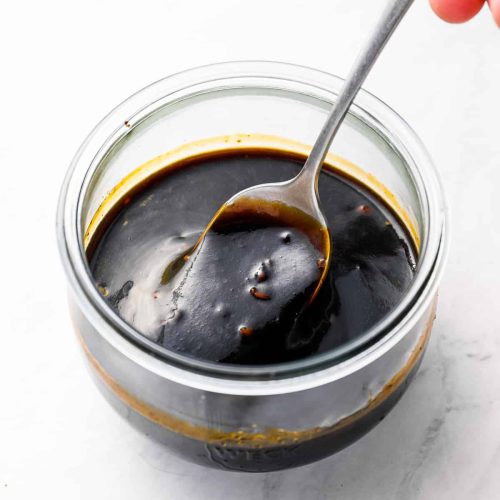
Korean BBQ Sauce Recipe
Ingredients
Sauce Base
- 0.75 cup Soy Sauce
- 0.5 cup Brown Sugar packed
- 0.33 cup Rice Vinegar
- 4 tablespoon Sesame Oil
- 3 clove Garlic minced
- 1 tablespoon Ginger grated
- 1 tablespoon Gochujang (Korean chili paste)
- 1 teaspoon Black Pepper
Optional Additions
- 1 tablespoon Honey for extra sweetness
- 0.5 teaspoon Red Pepper Flakes for extra heat
Instructions
Sauce Preparation
- In a medium saucepan, whisk together all sauce base ingredients: soy sauce, brown sugar, rice vinegar, sesame oil, minced garlic, grated ginger, gochujang, and black pepper.
- If using, stir in optional honey and red pepper flakes.
- Place the saucepan over medium heat. Bring the mixture to a simmer, stirring occasionally.
- Once simmering, reduce the heat to low and let it cook for 10-15 minutes, stirring occasionally, until the sauce has thickened slightly. It should coat the back of a spoon.
- Remove from heat and let it cool slightly before using.

